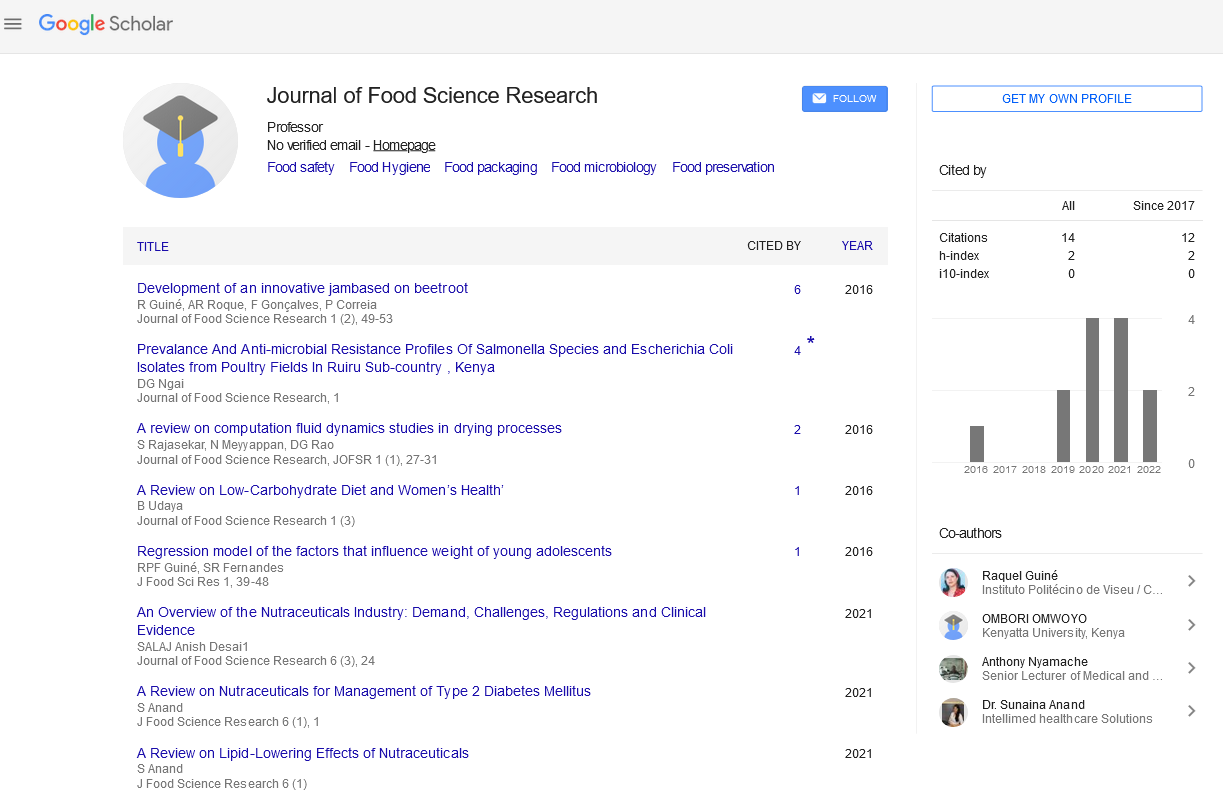Abstract
Emerging technologies to assess body composition in malnourished patients in clinical practice: bioelectrical impedance analysis and ultrasound techniques.
Author(s): Cristina García García,Isabel María Vegas Aguilar, José Manuel García AlmeidaThe Global Leadership Initiative on Malnutrition (GLIM) emphasizes the importance of human body composition (BC) in the nutrition assessment of various patient populations1. Classic imaging techniques such as dual-photon X-ray absorptiometry (DXA), computed tomography and resonance are considered â??gold standardsâ? to assess BC but their clinical application is difficult under routine conditions2,3. Bioelectrical impedance analysis (BIA) and ultrasound techniques are methods to assess BC and are being validity for persons with acute or chronic illness1. Both are readily available to most clinicians, and are low-risk, non-invasive, fast, safe, relatively cheap, and portable techniques with wide applications in the clinical setting to assess BC and nutritional status,5. The correlation between the resistance (R) and reactance (Xc) vectors given by BIA creates the phase angle (PhA), a good indicator of cell integrity, which role has been investigated as a nutritional status marker and prognostic marker for mortality in many clinical conditions, such as cancer, and kidney and cardiovascular diseases. PhA cutoffs would provide an excellent tool for clinicians to assess and monitor patients´risk5. In general, lower levels of PhA suggest a worse prognosis and a greater possibility of morbidity and mortality5,6. The use of ultrasound determines the surface of the muscle tissue2. The measurement of the rectus femoris muscle of the quadriceps is one of the most widely used. Femur muscle area below 5.2 is associated with a frailty than leave to worse survival prognosis7. Ultrasound differentiate between the abdominal visceral fat and subcutaneous fat and it´s important for the assessment of a risk of major chronic diseases8,9. There are studies for the nutritional assessment of different pathologies10,11,12. It is necessary to expand those studies in both methods, seeking uniform applications of measurement in clinical practice in order to evaluate the nutritional status and obtain their validity in clinical populations.

